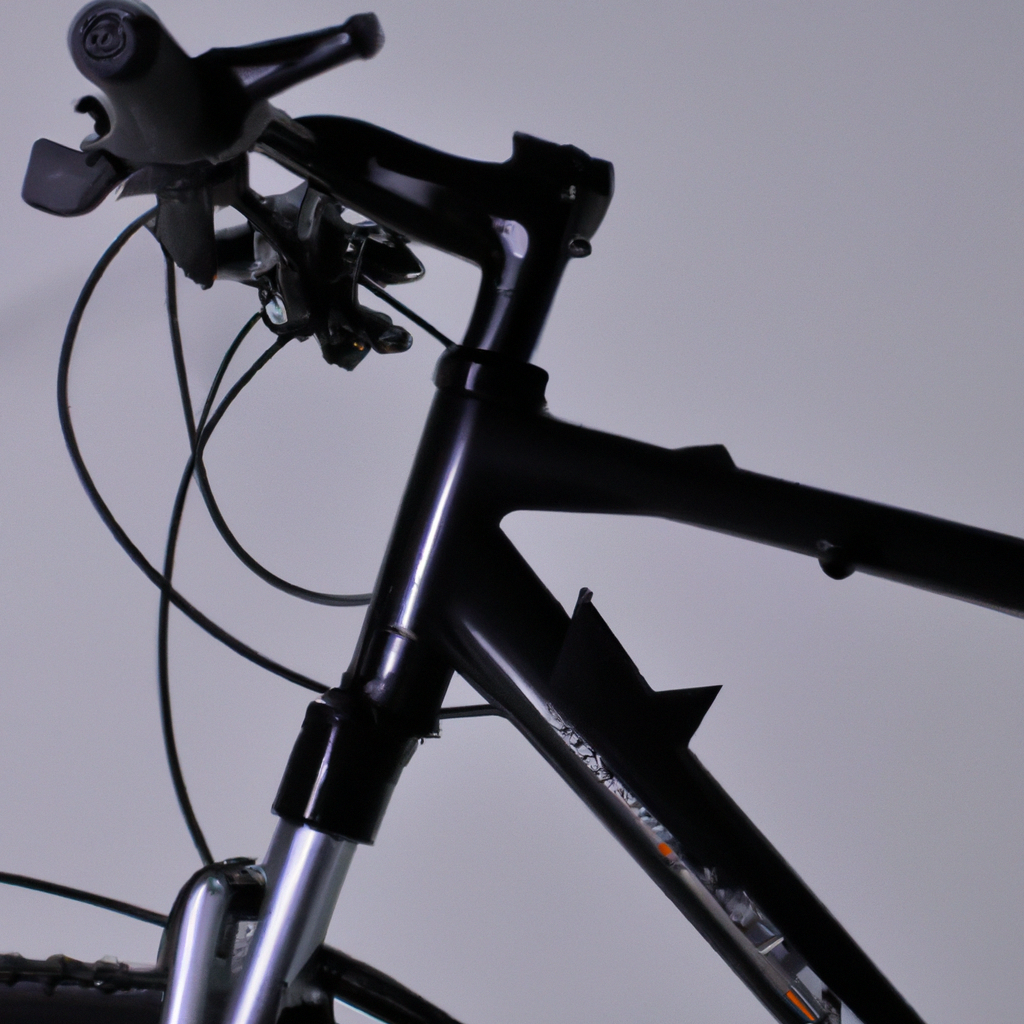Electric bicycles, also known as e-bikes, are becoming increasingly popular as a form of eco-friendly transportation. They are equipped with an electric motor and a battery that powers the bike, enabling riders to travel long distances with minimal effort. In this article, we will explore how electric bicycles work and the technology behind them.
The Electric Motor
The electric motor is the heart of the electric bicycle. It is responsible for converting electrical energy into mechanical energy that powers the bike. The motor is typically located in the rear hub or the crankset of the bike. There are two main types of electric motors used in e-bikes:
– Hub motors: These motors are located in the rear hub of the bike and provide direct power to the wheel. They are quieter and require less maintenance than mid-drive motors. However, they can make the bike feel unbalanced and heavy.
– Mid-drive motors: These motors are located in the crankset of the bike and provide power to the chain, which then turns the wheel. They are more efficient and offer better performance than hub motors. However, they require more maintenance and can be noisier.
Battery-Powered Bike
The battery is the power source for the electric motor. It stores electrical energy that is used to power the motor and propel the bike forward. The battery is typically located on the frame of the bike, either in the downtube or the rear rack. There are several types of batteries used in e-bikes:
– Lithium-ion (Li-ion) batteries: These batteries are the most common type used in e-bikes. They are lightweight, have a high energy density, and can be recharged quickly. They are also more expensive than other types of batteries.
– Lead-acid batteries: These batteries are heavier and have a lower energy density than Li-ion batteries. They are also less expensive. However, they take longer to recharge and require more maintenance.
– Nickel-metal hydride (NiMH) batteries: These batteries are less common than Li-ion batteries. They are heavier and have a lower energy density. However, they are less expensive and have a longer lifespan than Li-ion batteries.
Pedal-Assist Bike
Pedal assist is a feature that is found in most electric bicycles. It allows the rider to pedal the bike while receiving assistance from the electric motor. The level of assistance can be adjusted using a control panel on the handlebars. There are several levels of assistance, ranging from low to high. The higher the level of assistance, the less effort is required from the rider to pedal the bike.
Electric Bike Technology
The technology behind electric bicycles has come a long way in recent years. Modern e-bikes are equipped with advanced features that make them more efficient and easier to use. Some of these features include:
– Regenerative braking: This feature allows the battery to be recharged while the bike is braking. It helps to increase the range of the bike and save energy.
– Smart sensors: These sensors detect the level of pedal assistance required and adjust the power output of the motor accordingly. They also monitor the battery level and provide feedback to the rider.
– USB charging: Some e-bikes come equipped with USB ports that allow riders to charge their electronic devices while riding.
Conclusion
Electric bicycles are an excellent form of eco-friendly transportation that is gaining popularity worldwide. They are equipped with an electric motor and a battery that powers the bike, enabling riders to travel long distances with minimal effort. The motor is located in the rear hub or the crankset of the bike, and the battery is typically located on the frame. Pedal assist is a feature that is found in most e-bikes, and advanced features like regenerative braking and smart sensors make them more efficient and easier to use.







